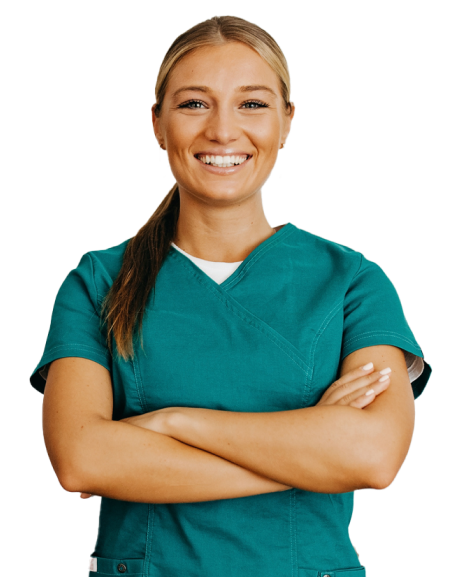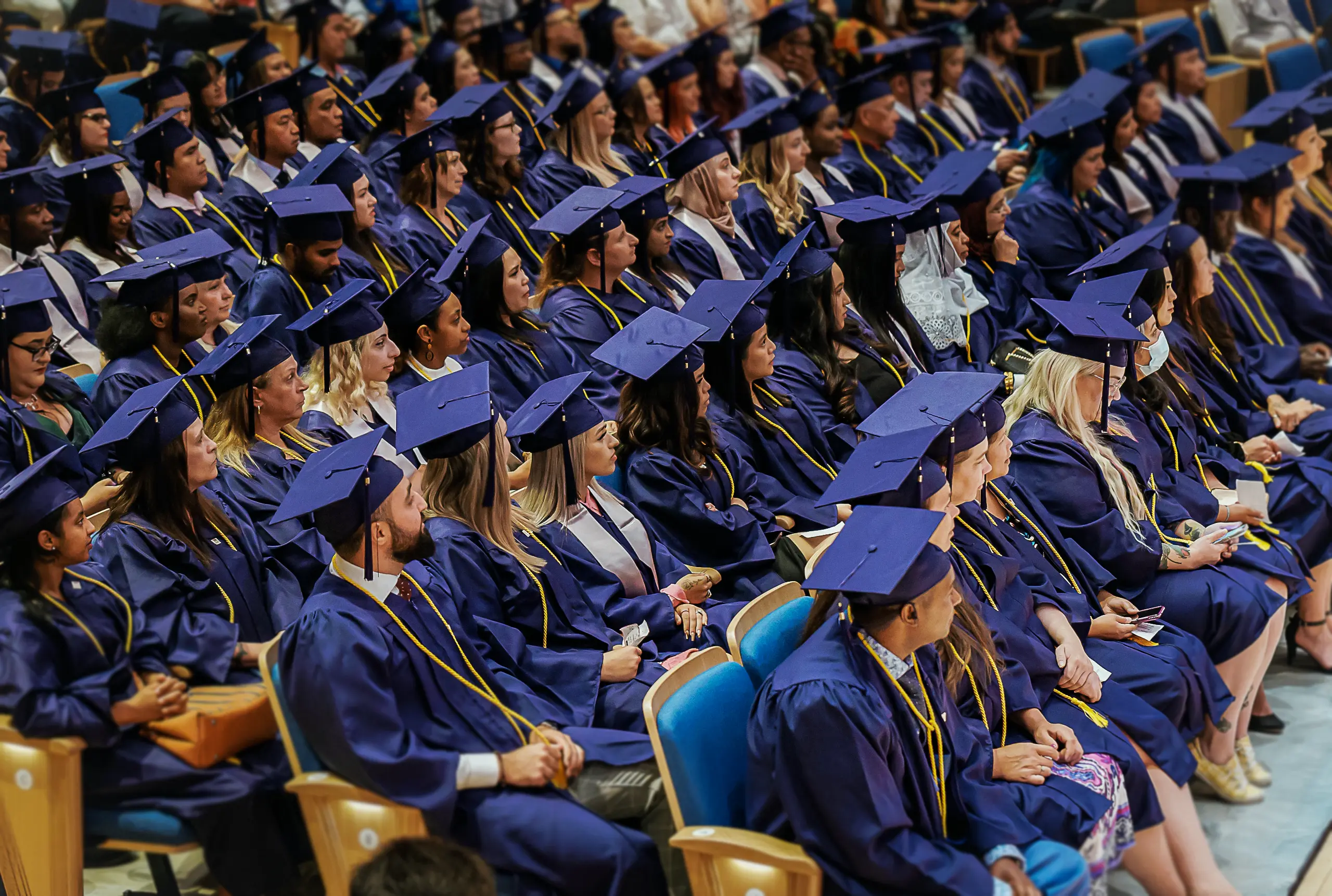Academic Requirements for Admissions:
- Proof of high school graduation or equivalent (General Education Development of BC Adult Basic Education)
- Proof of English Language proficiency (see Page 9 of program outline)
- Introduction to Massage Workshop course delivered by an accredited institution of massage therapy [Offered by our college]
Administrative Requirements for Admissions:
- Interview with the campus director, program coordinator, or designate
Practicum, Clinical Placement or Preceptorship:
- Criminal record check (in accordance with the Criminal Records Review Act)
- Up-to-date immunization report (form provided by college)
 BC
BC



















